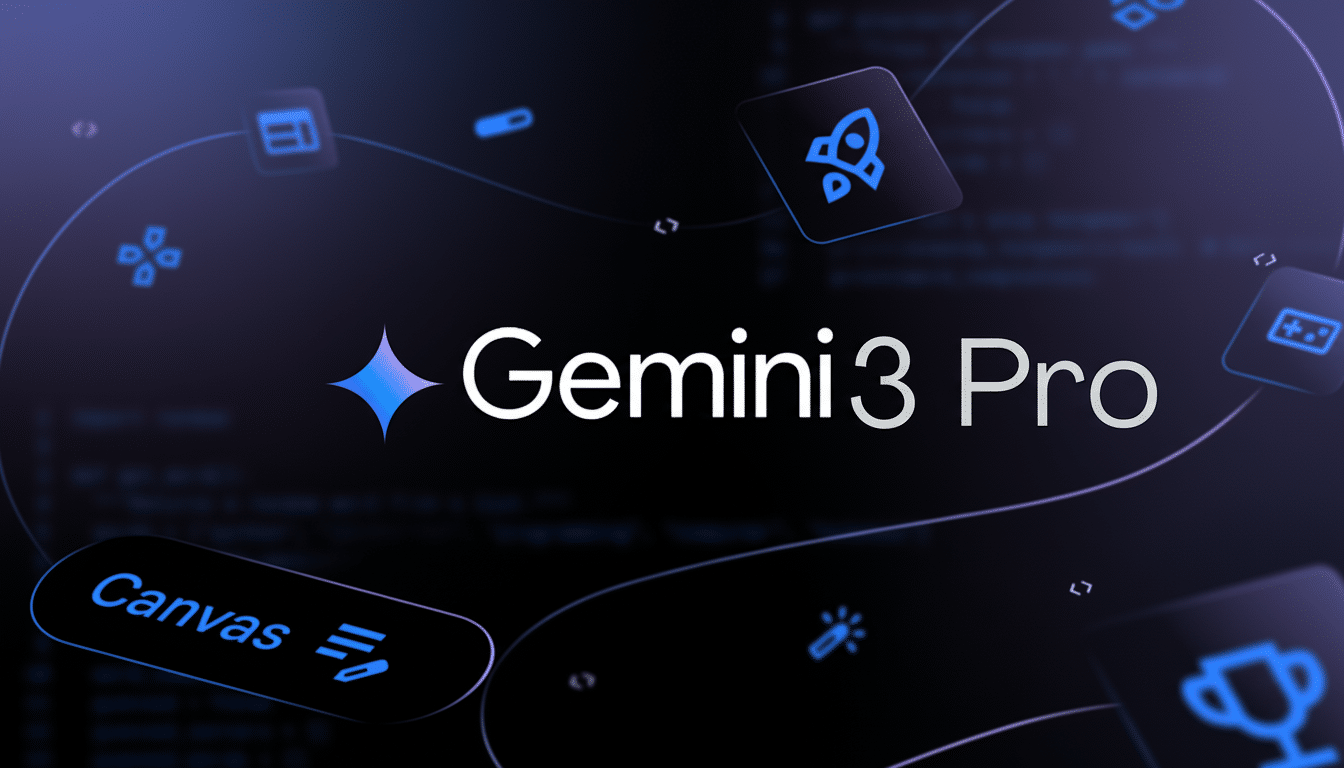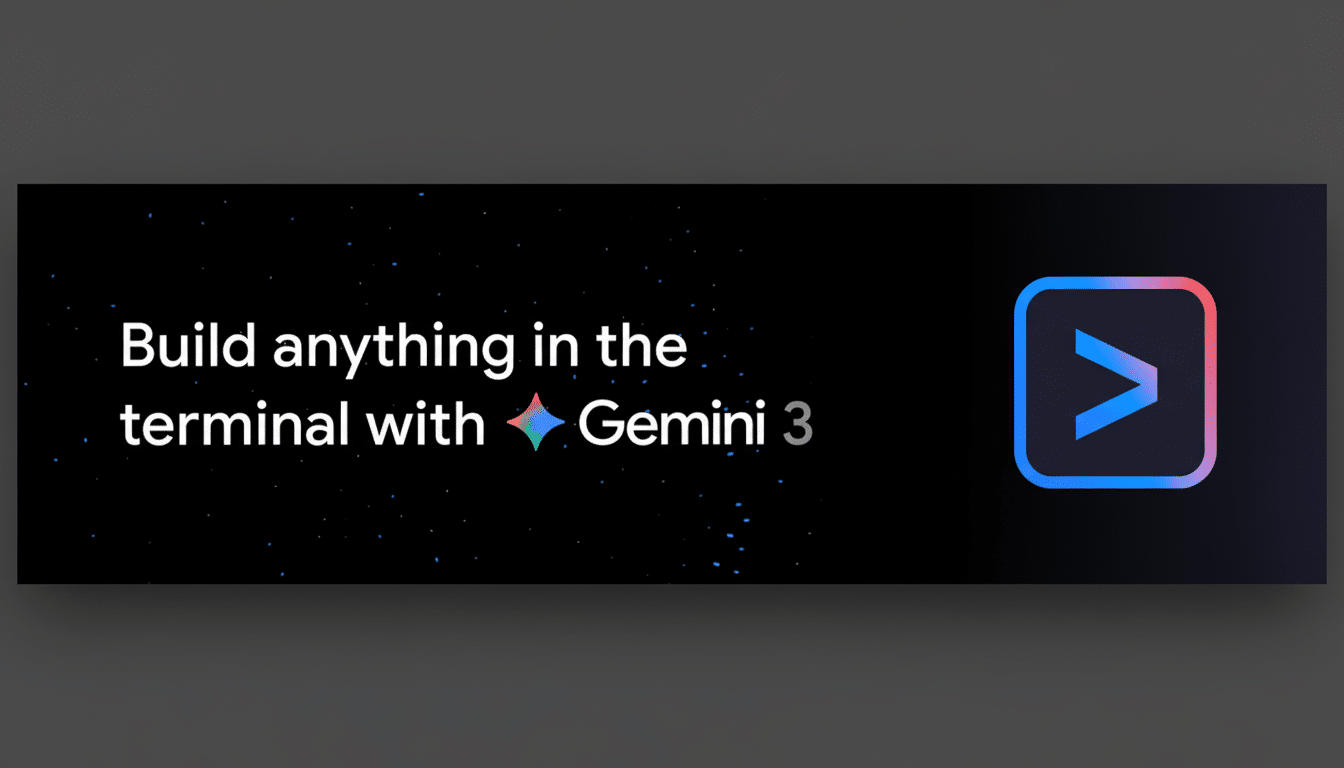Gemini 3: Google announces its most advanced AI model yet, showing significant improvement in reasoning, coding and multimodal understanding. Launching today in preview as Gemini 3 Pro, the model can be found in the Gemini app and Search and has wider availability for developers and businesses. Alongside the model, Google sounded off on a Gemini Agent tool it built and new generative interface capabilities that take AI from text-based answers to software-like experiences.
The release is seminal as it continues the drive of the Gemini 2.5 family and indicates a move towards more agentic behaviour, richer UI generation and more control over verbosity and tone. In other words, Gemini 3 hopes to be less performative and more practical.
- What Gemini 3 delivers in reasoning, coding, and multimodal
- A new agent era for moving from chat to real actions
- Generative interfaces take shape with Visual Layout and Dynamic View
- Performance and safety claims for Gemini 3 Pro and Deep Think
- Where you can try Gemini 3 Pro across apps and enterprise
- Why Gemini 3 matters for practical AI and competitive pressure

What Gemini 3 delivers in reasoning, coding, and multimodal
Gemini 3 is built to tackle more difficult forms of reasoning—from multi-step math and logic puzzles to real-world workflows that combine language, code, and screen context. The model is better at staying on topic and identifying the intent behind a query, a common failure of large models, which can misread subtle cues in prompts or over-explain things.
On coding, Gemini 3 Pro prefers more complex, multi-file tasks and “agentic coding”—planning, editing, and adjusting changes rather than just spitting out snippets.
Google also highlights “vibe coding,” the idea it has about producing richer, more interactive web UIs from open-ended direction, such as zero-shot interface creation for prototypes and internal tools.
Multimodal coherence is another highlight. Users can blend screenshots, documents and text before asking the model to reason across them—say, by reading a spreadsheet, interpreting a chart or drafting a remediation plan that points back to source cells. Answers are finely tuned to be as brief and to the point as possible, in order to minimize filler at the cost of context.
A new agent era for moving from chat to real actions
The Gemini Agent tool is the next step on, as we move from chat to action in the model.
Instead of just instructing on how to complete a task, the agent can script steps, invoke tools and return results or draft artifacts. Think of an inbox that you could triage, a brief you’d make by combining attachments, a ticket with the right metadata to file—all from one directive.
For developers, that agency translates to automation they can trust. You can ask Gemini to refactor a codebase, to write some tests and help you with the rollback plan, all while the model reasons about what should be done for dependencies and side effects. Early demos imply that agents could ground themselves in screen context and documents to minimize back-and-forth.

Generative interfaces take shape with Visual Layout and Dynamic View
Gemini 3 adopts “generative interfaces” through two affordances: Visual Layout and Dynamic View. Visual Layout outputs magazine-style compositions—graphics, modules, and narrative—to engage a prompt. Dynamic View takes things a step further, creating and coding a custom UI on the fly that allows their users to play with data or workflows, rather than simply read about them.
In reality, a product manager would ask for a competitive brief and get back a board they could browse that had sections, charts, callouts. A data analyst could ask for an interactive dashboard from a CSV file, and receive a working interface to filter, annotate and export findings—all generated on the fly.
Performance and safety claims for Gemini 3 Pro and Deep Think
Gemini 3 Pro comes with a maximum token context window of 1M, allowing long documents (research paper, novel), large codebases and complex multimodal sessions without suffering from truncation throughout a continuous conversation.
The model is trained up until January 2025, which might make the answers more relevant when it comes to recent events without allowing predictions (fingers crossed).
And like all big models, hallucinations are a danger. Google is currently testing the improved reasoning mode, Gemini 3 Deep Think, among safety test groups and—if it indeed works like we’re led to believe—Google will release it to Google AI Ultra subscribers. The company points to better math results, screen understanding and agentic tasks in its model card; early independent benchmarking communities such as MLCommons and academic labs like Stanford HAI will be crucial to verifying these claims as public tests become available.
Where you can try Gemini 3 Pro across apps and enterprise
You can preview Gemini 3 Pro in the Gemini app and Search, as well as being rolled out to developer or enterprise environments. Google says access extends to its base AI tooling, and that its early partners are testing agentic workflows that integrate chat with tools and screen context.
For education, Google has announced US college students can receive a year of free access to Google AI Pro so they can use Gemini 3 for coursework, prototyping and research. Deep Think will start in safety tests and could work its way up to premium levels.
Why Gemini 3 matters for practical AI and competitive pressure
Gemini 3 represents a shift from “talking about tasks” to actually getting them done. That, combined with more powerful reasoning techniques, agent tools and instant creation of a UI, ratchets up the pressure on rivals like OpenAI and Anthropic—and accelerates movement in AI that acts something like software as opposed to being just a chatbot. Should Google’s promises stand up to the public, Gemini 3 might propel a newfangled class of productivity app—one that works on drafting, testing and shipping with faint human glue smeared on.

